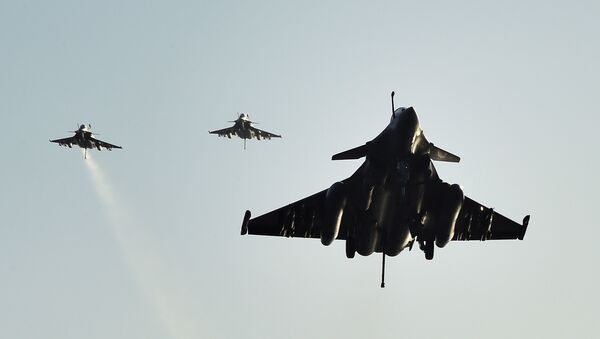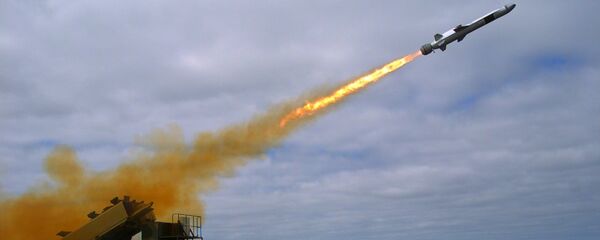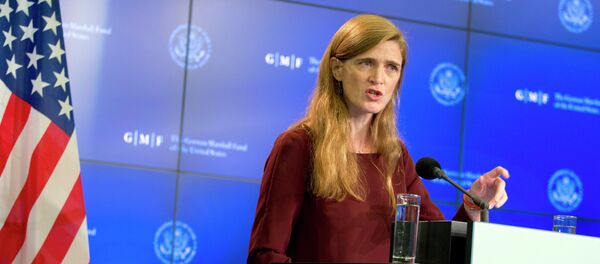India and France are expected to announce the Inter-Government Agreement (IGA) for the purchase of 36 Rafale fighter jets in the coming days with New Delhi expediting the process at long last after identifying the French warplanes as serving a critical strategic function – the delivery of nuclear weapons.
The purchase comes as the Indian Air Force fleet, comprised mostly of Russian MiGs, is reaching the end of their service and with the military only fulfilling 32 fighter jet squadrons despite defense planning calling for the existence of 42 squadrons. The 36 Rafale fighter jets, however, do very little to fill the capability gap that China is expected to face in the coming years with the jets only filling two squadrons collectively.
India looks to fill their growing Air Force capability gap not with the Rafale fighter jets, but rather with indigenous Tejas fighter jets as well as American F-16 warplanes under the “Make in India” program with a view towards turning their defense industry into a domestic economic driver.
The question then was why would India bother to buy 36 Rafale fighter jets requiring a subset of pilots to be trained specifically to fly the stealthy 4.5 generation aircraft that has been described as perhaps the most lethal aircraft in the sky today when it does so little to address the country’s crushing military aviation needs.
The answer was disclosed on Sunday when, according to Indian government officials speaking to British newspaper The Sunday Express on the condition of anonymity, explained that even in small numbers the Rafale can be “used as an airborne strategic delivery system” for the country’s nuclear arsenal.
"The French Air Force, Armee de l’ Air, is shifting from Mirages to Rafale for its nuclear strike role this year. They have already started the process, and although our nuclear delivery systems are different from theirs, it does tell us that the Rafale is suited for the task," explained the defense official.
"The French Mirage-2000s have been modified for the delivery of our strategic arsenal. France has continued to provide maintenance, spares and technical support for these Mirages, which may not have been the case with some other foreign countries. We expect the same degree of cooperation from France when we modify and use the Rafales for that role," explained another defense official.
After a series of negotiations over the 36 fighter jets the two sides came to terms weeks ago on a final price of $8.78 billion for the group of jets – or an astronomical unit cost of nearly $244 million per aircraft. In order to seal the deal, France offered to invest 50% of the value of the deal in offsets to India.




